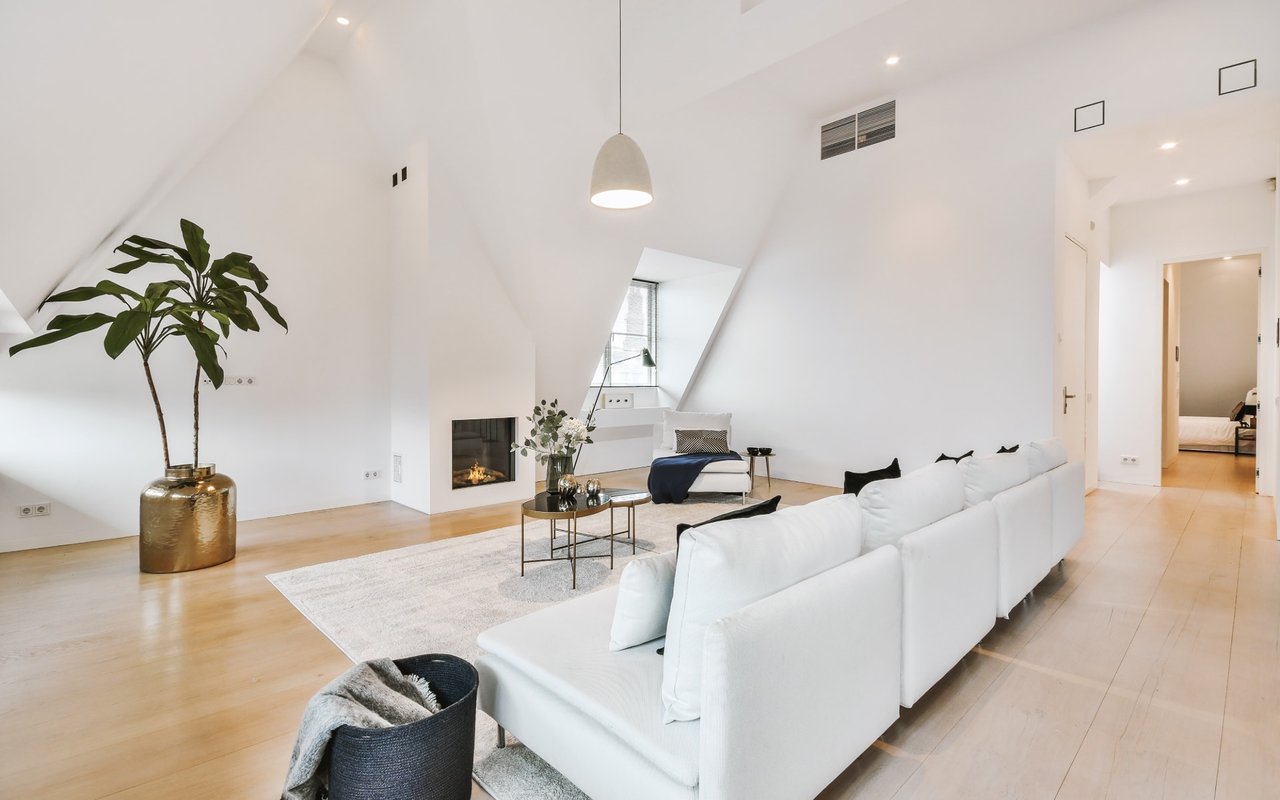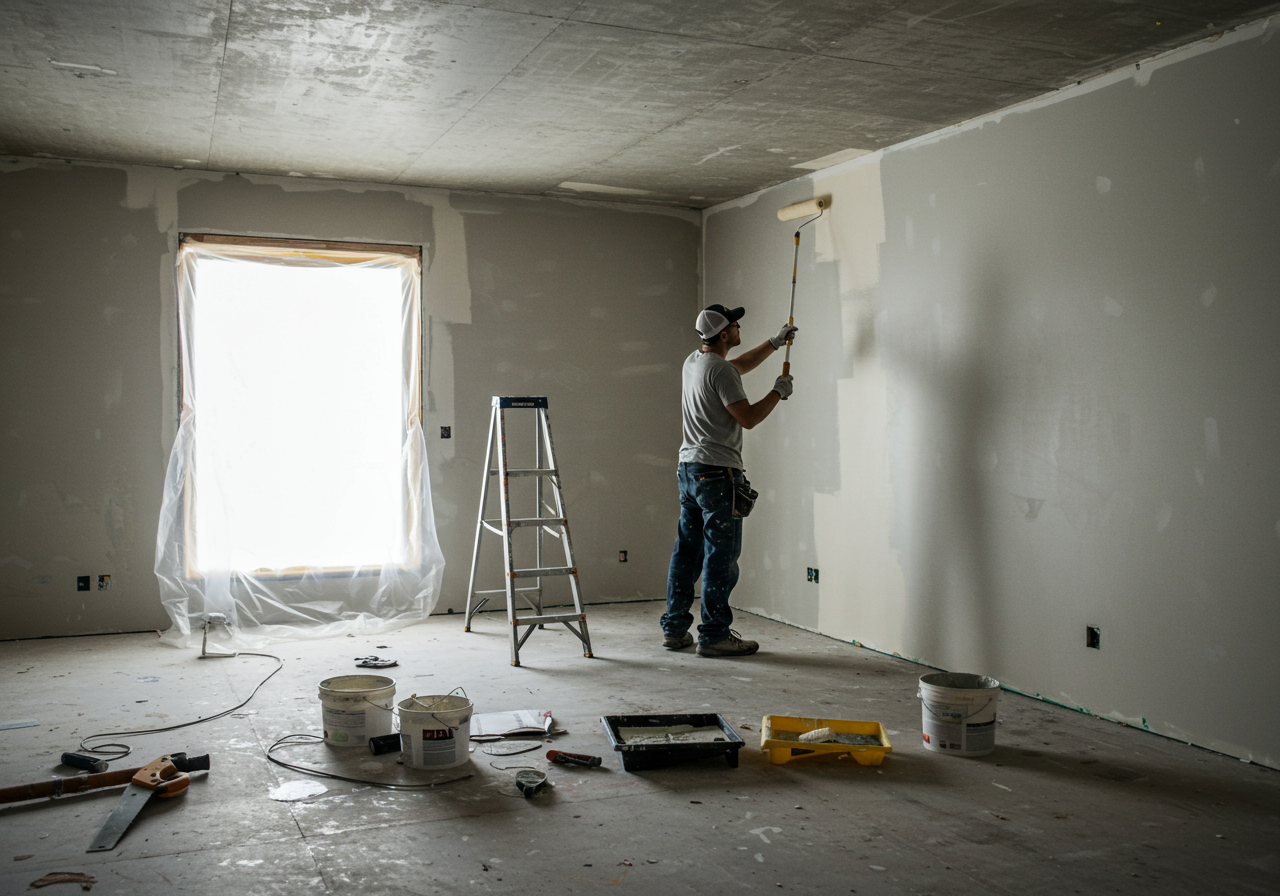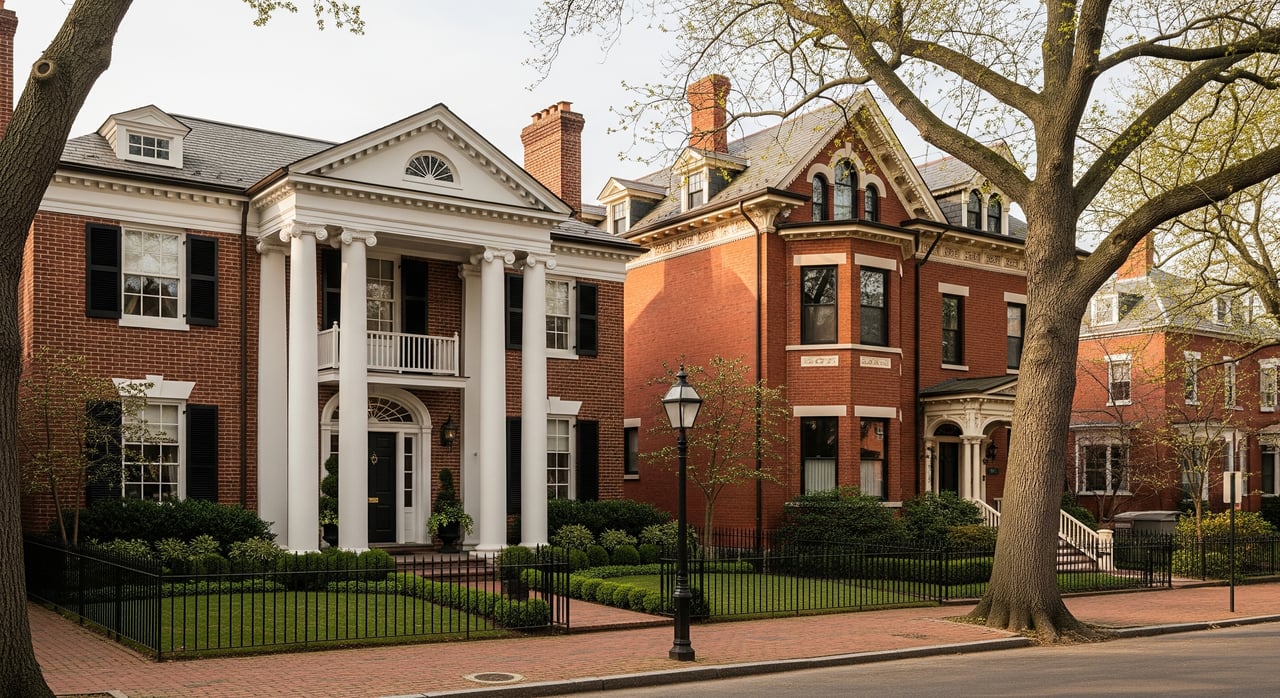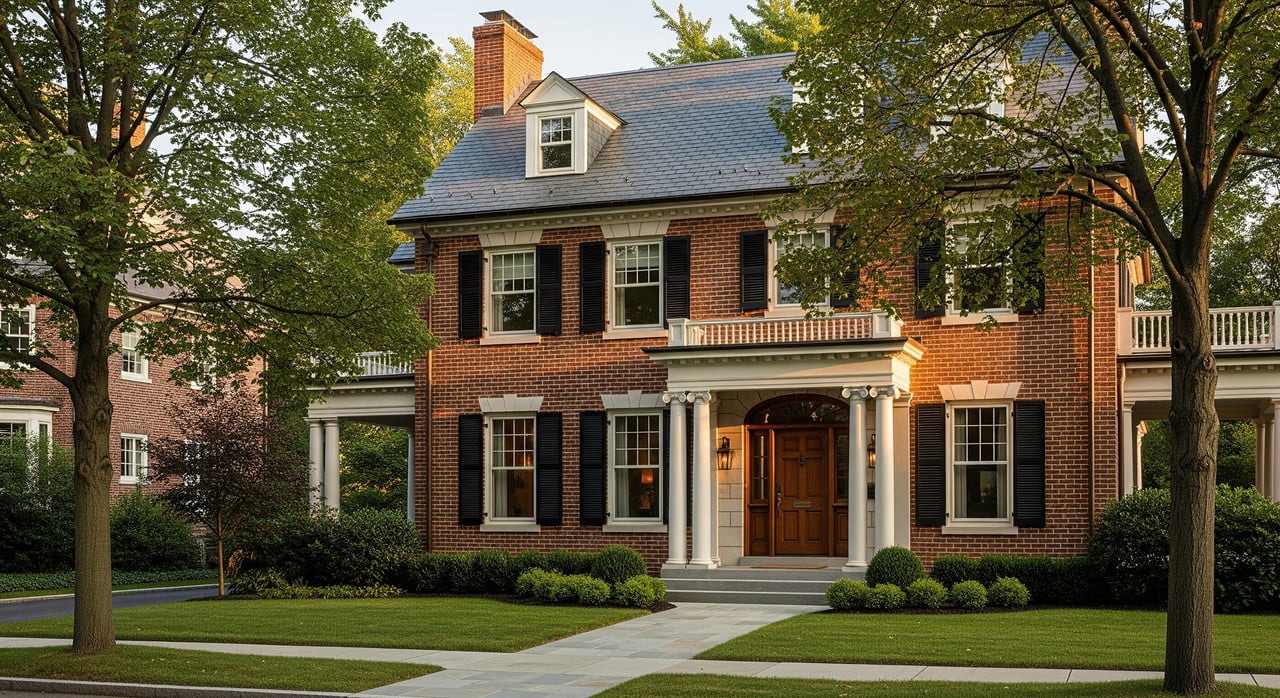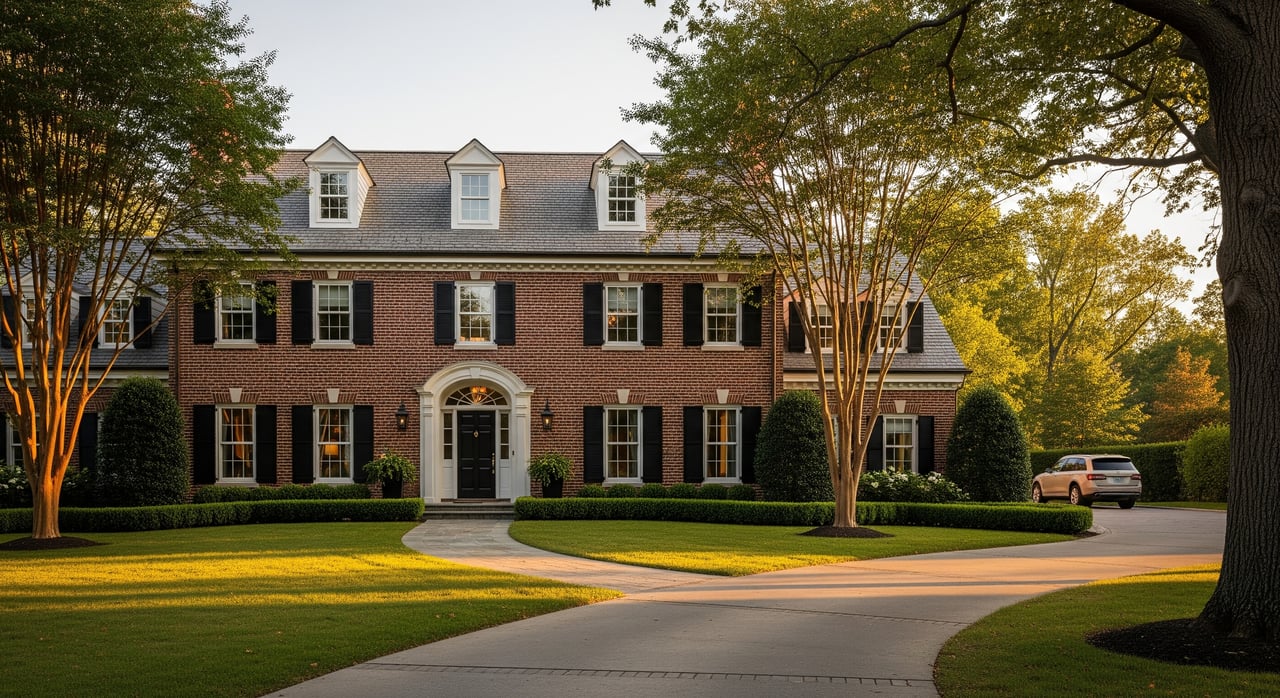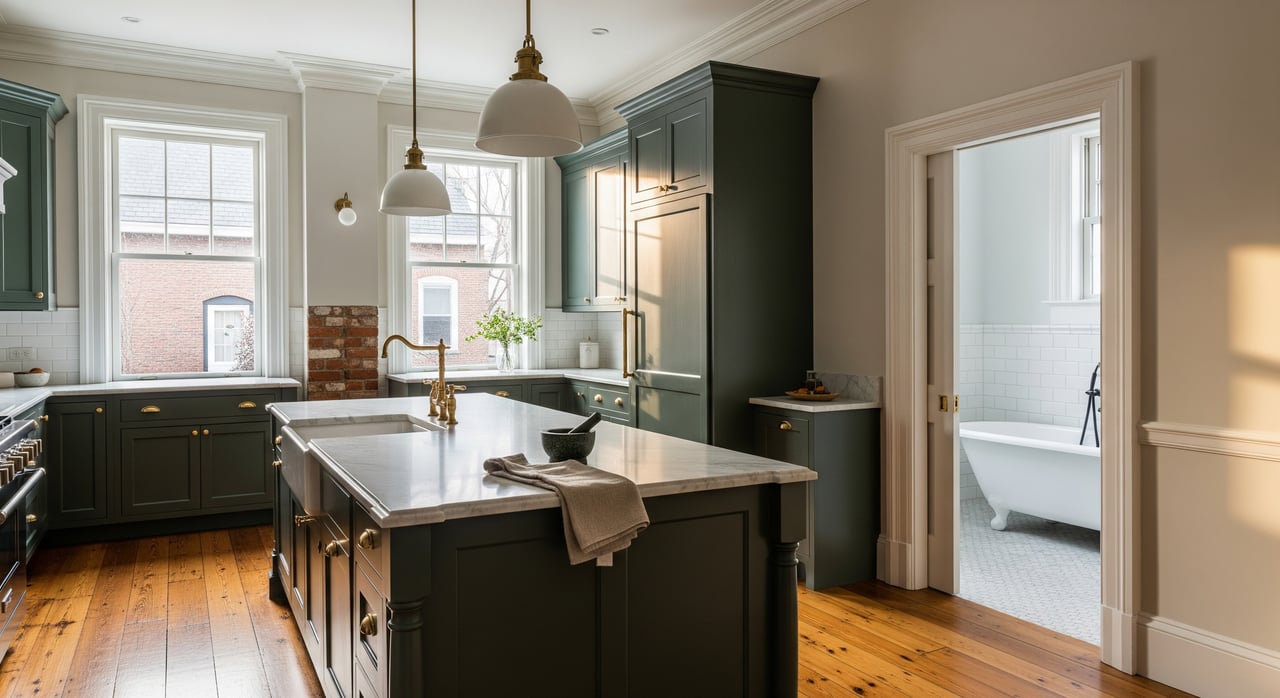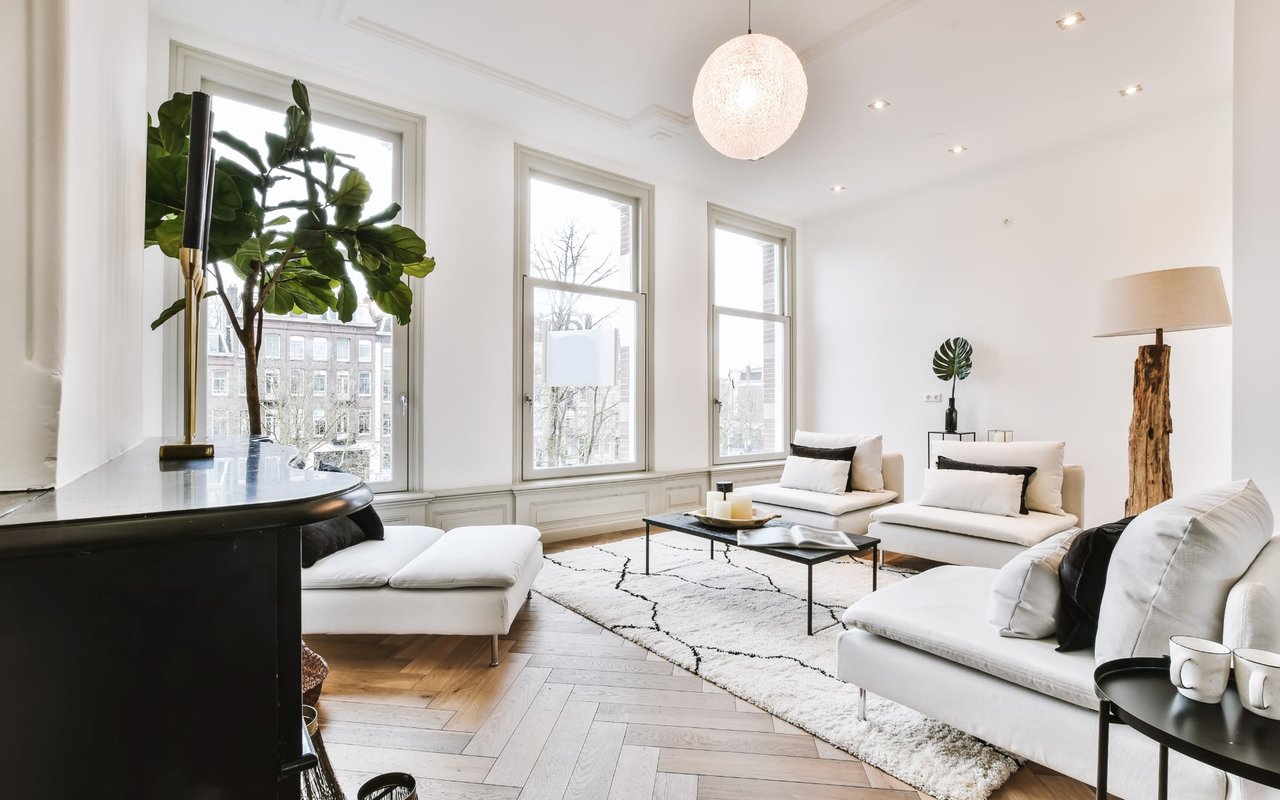Real estate investing is a great way to build wealth and passive income. The key is finding a strategy that works for you, whether it’s flipping houses or renting them out long-term. In this article, we’ll go over the basics of buying real estate as an investor from start to finish.
What makes someone a real estate investor?
Real estate investors are people who buy, sell, and rent properties in order to make money. They invest in real estate because they see it as an opportunity to increase their wealth over time.
Real estate investors can be individuals or companies. The goal is always the same: to make money by owning property that they can rent out or flip for a profit later on.
How do real estate investors make money?
Real estate investors make money by buying properties at a low price and selling them later for a higher price. Sometimes they purchase properties that need repairs before they can rent them out or sell them; other times they buy properties ready for occupancy immediately. Either way, their goal is always the same: to make money from owning property that they can rent out or flip for a profit later on.
There are many different and complex ways to invest in real estate, but the two most common ones and the ones we will focus on in this post are “fix and flip” and “buy and hold”.
Fix and flip – This means that you buy a property, fix it up, and then sell it for a profit.
Buy and hold – In this case, you purchase an income-producing property and then rent it out until you can sell it or refinance it (or both).
Fix-and-flip
Fix-and-flip is a strategy that involves buying a property, fixing it up, and then selling it for profit. Fixing up the property can involve anything from just painting to completely gutting the interior and starting from scratch. It’s important to remember that this strategy typically requires you to have a lot of money available upfront, as well as a lot of time—it can take anywhere from six months to a year before you are able to resell the property. It’s a risky investment and requires a lot of work and time; however, if you have the right skill set and knowledge, it can be very profitable.
This strategy is commonly used by investors who want to make money in real estate but don’t have the time or skills to manage a property. It can also be a good option for those who want to make passive income from their investments and don’t want to deal with tenants or maintenance issues.
The first step is to find the right property and establish the ARV (after repair value). Next, you need to make sure the house is in good condition so you can sell it at a profit. This means that a property with structural damage, termites or mold needs to be remediated prior to reselling the property. Those types of remediations can cost a significant amount of money. So, as a beginner, I suggest selecting a property that won’t need such
significant repairs.
Once you’ve found a good deal, you can hire contractors to fix up the property or you can do the renovations yourself, just remember – time is money – you still have to pay for the utilities, taxes, mortgage, and insurance. The longer you take to resell the property, the more money you’re losing.
Buy-and-hold rental
Buy-and-hold rental is a passive investment that can be done by beginners. It’s a long-term investment, so you don’t have to worry about constantly monitoring it or making changes to your strategy.
This strategy is less risky than buying and selling properties as part of a fix-and-flip strategy because instead of hoping that someone will buy your house at a profit after you’ve fixed it up, you’re collecting rent every month until either your tenant moves out or sells their house themselves.
If you’re looking for an easy way to start investing in real estate, buy-and-hold rentals might be the right choice for you. However, there are risks involved with this type of real estate investing: tenants could damage your property or stop paying rent early on in the lease period (or at any point during the lease).
Identifying an Income Producing Property
Many real estate investors use the 70 percent rule to determine if a house is worth the time and money it would take to flip. The basic principle is that a flipper should never buy a home for more than 70 percent of its after-repair value (ARV) while also factoring in the cost of renovations. ARV is the estimate of what a property will be worth once all of the rehab has been completed. It’s determined by estimating how much rehab will be put into the property, and comparing sales for other similar properties in the same neighborhood once the appraisal of your potential property has been completed.
The
70% rule is a general rule of thumb to determine the viability of a house for flipping. The idea is that investors should spend no more than 70% of the home’s ARV minus the cost of the repairs and renovations. This is not a hard and fast rule, but it does give real estate investors a good estimate of how much they should spend on buying a house.
Real estate is a great way to invest your money and make a profit, but it does come with some risk. You can mitigate that risk by doing your research before you invest in any property and having a plan for what happens if things go wrong. If you’re still unsure about whether or not real estate investing is right for you, consider talking with an accountant or financial advisor who specializes in this area!
